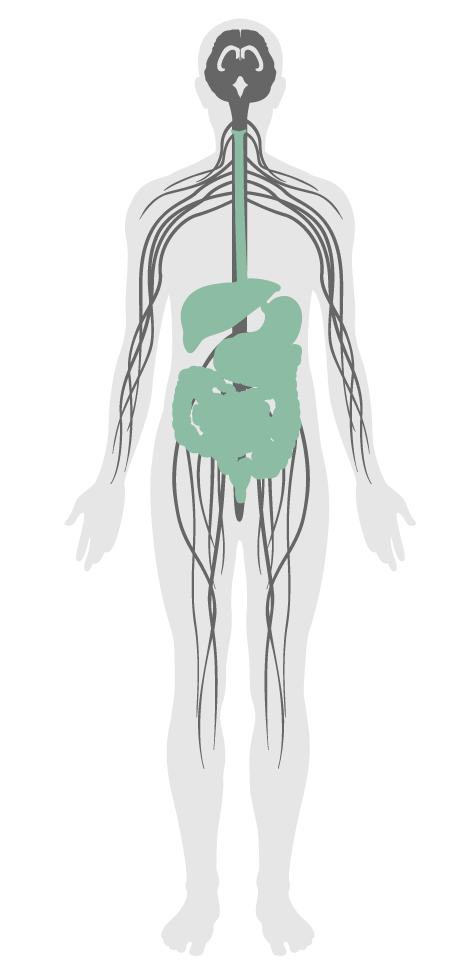Mindful eating
- 52 Mindful eating
- 53 Visual lighting design
- 54 Circadian lighting design
- 55 Electric light glare control
- 56 Solar glare control
- 57 Low-glare workstation design
- 58 Color quality
- 59 Surface design
- 60 Automated shading and dimming controls
- 61 Right to light
- 62 Daylight modeling
- 201 Food environment
- 202 Light at night
52. Mindful eating
Demanding work schedules and a lack of communal eating areas often lead people to eat in isolation during meal breaks. Eating alone can cause overeating and contribute to stress that is related to the lack of social interaction with others.
This feature provides building occupants with dedicated spaces for eating and socializing with others. Time spent in these break areas can lead to better eating habits, strengthen social interactions and help reduce stress.
An eating space (or multiple spaces) for employees adheres to the following requirements:
Employers provide at least one of the following to employees:
The time allotment for lunch periods for early education, elementary, middle, and high schools are one of the following:

Applicability Matrix
| Core & Shell | Tenant Improvement | New Construction | |
|---|---|---|---|
| Part 1: Eating Spaces | - | O | O |
| Part 1: Health Benefits | - | O | O |
| Part 3: Lunch Breaks for Schools | - | - | - |
| Commercial Kitchen | Schools | Multifamily Residential | Restaurant | Retail | |
|---|---|---|---|---|---|
| Part 1: Eating Spaces | - | O | - | O | O |
| Part 1: Health Benefits | - | O | - | O | O |
| Part 3: Lunch Breaks for Schools | - | O | - | - | - |
Verification Methods Matrix
| Letters of Assurance | Annotated Documents | On-Site Checks | |
|---|---|---|---|
|
PART 1 (Design) Eating Spaces |
Architectural Drawing | ||
|
PART 1 (Protocol) Health Benefits |
Policy Document | ||
|
PART 3 (Design) Lunch Breaks for Schools |
Architect |
| 52.3.a |
The article notes that a goal for time spent in a cafeteria would be 26 minutes assuming 20 minutes of time spent at the table for students to eat. Allowing 4 minutes for travel to and from the cafeteria, a total lunch period could last 30 minutes. |
| 52.3.b |
The authors note that the studies summarized in the article can be used to advocate for reasonable lunch times, allowing students a minimum of 20 minutes at the table to eat. |
